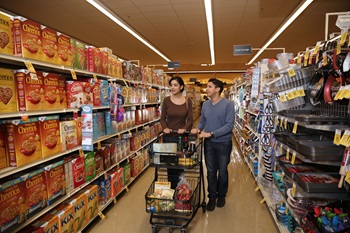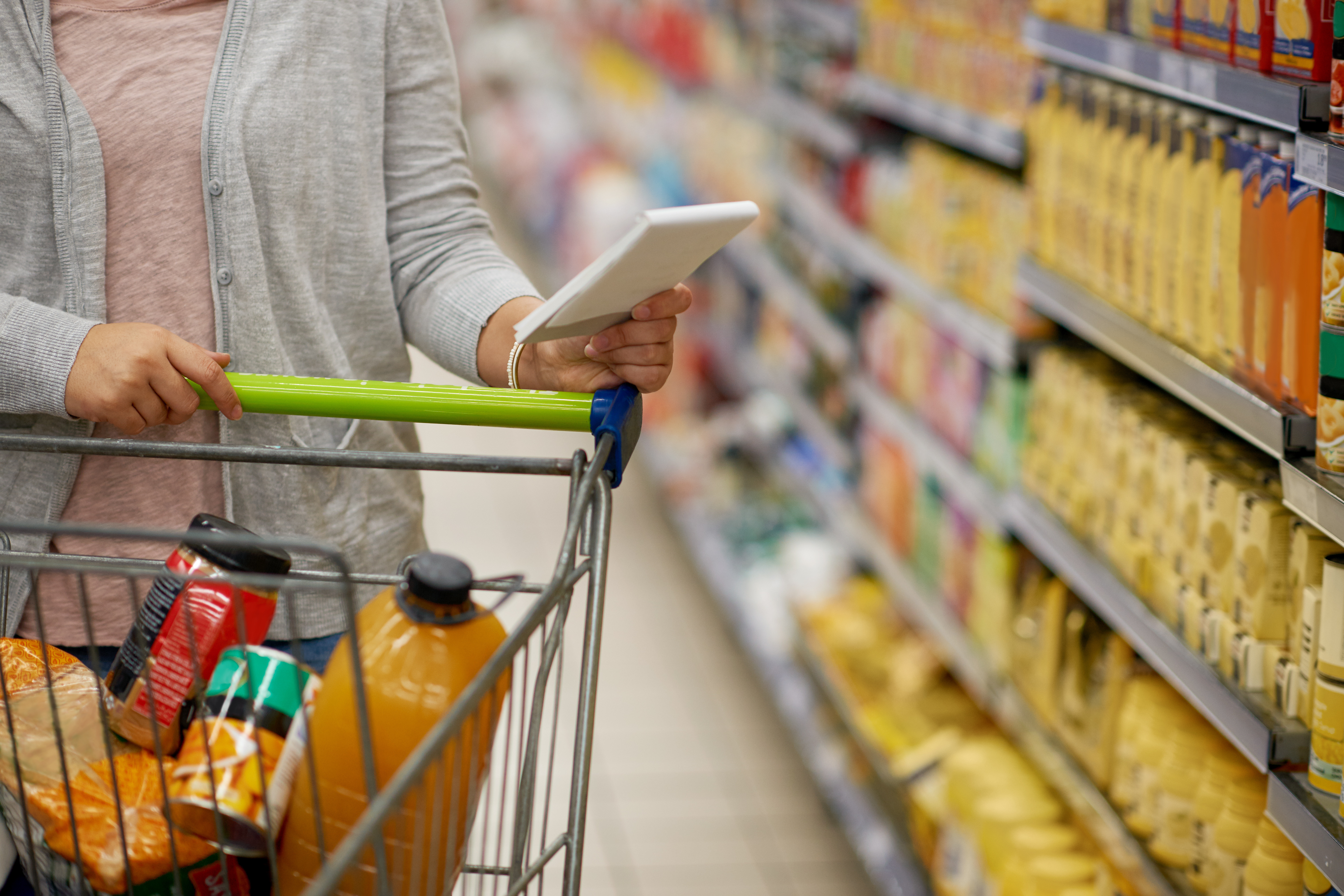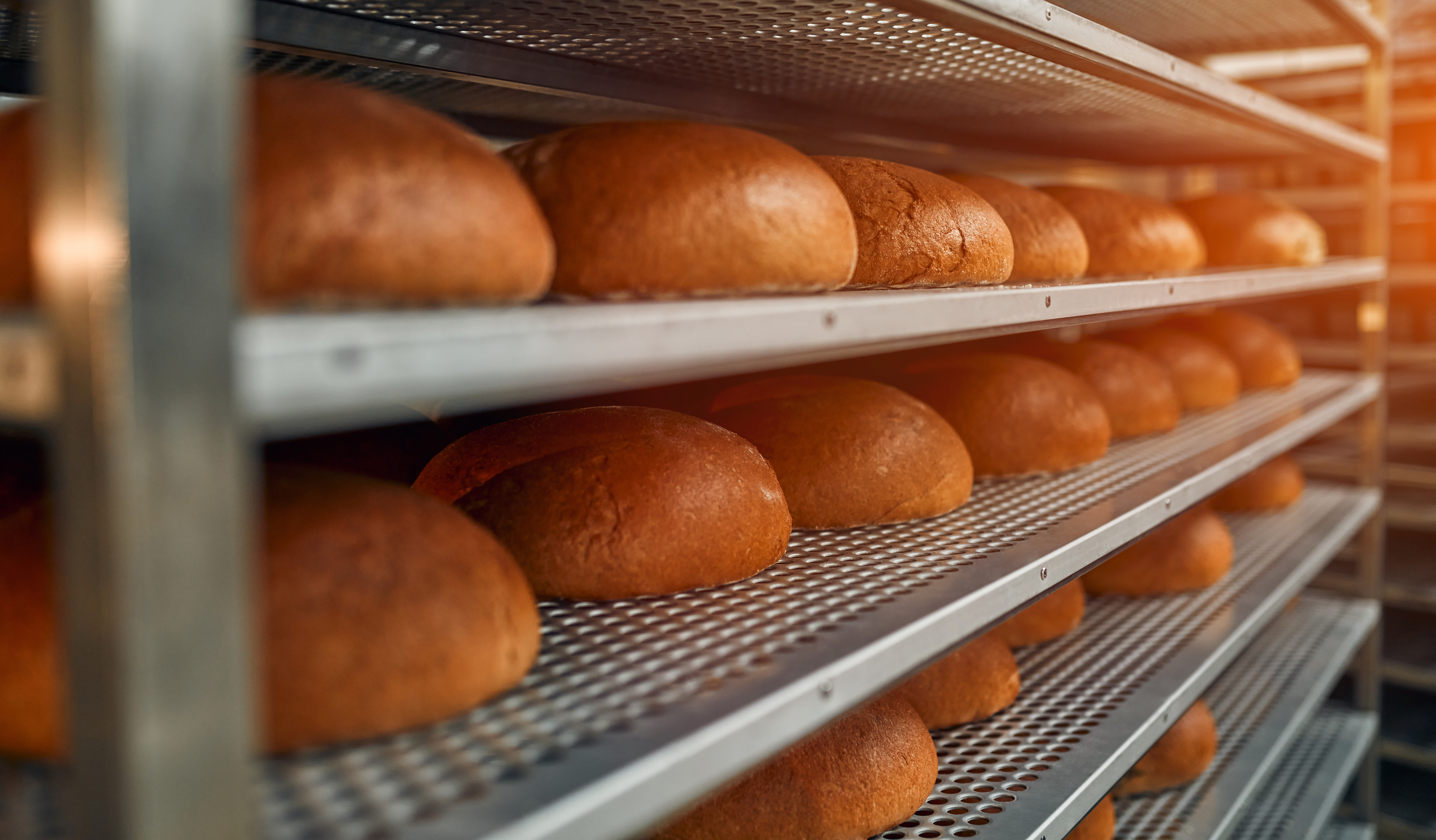Closing the Gaps in Consumer Food Safety Knowledge and Understanding

If knowledge is power, those throughout the farm-to-fork food chain can be empowered to prove to the consumer that their offerings align with a growing understanding of food safety and quality. One might say that they should be empowered.
Why this prioritization? Today’s consumers are more aware of food safety, including both generalities and some specifics, but are not necessarily aware of the steps taken to protect what they eat and drink. According to FMI’s 2023 Grocery Shopper Trends Report, 54% of consumers say they rely on themselves for assurances of food safety and their expectations of food manufacturers for food safety are low. Less than half believe that the food industry is transparent about the safety of foods.
Different but simultaneous factors are contributing to these gaps in what consumers know about food safety and what they believe about food providers. Carey Allen, vice president of business development & strategy for the SQFI division of FMI – The Food Industry Association, cited burgeoning public concerns about things like heavy metals and pesticide residue in foods for children and the greater overall emphasis on sustainability. “Environmental awareness and the huge amount of attention on the food system as a source of greenhouse gases and degradation of natural resources have impacted the younger generations who are coming up as parents. There is cynicism about policies stonewalling climate mitigation efforts and environmental stewardship,” Allen explains. “Brands that can form a strong bond with consumers over this issue, demonstrating their practices as superior to ensuring food integrity, will have a brand advantage.”
While shifting mindsets may seem to challenge the traditional notion of food safety being non-competitive, the reality is that transparency is now table stakes across every industry sector and among companies of all sizes and types. Transparency is delivered in large part with verification, as manufacturers, retailers, and other food industry stakeholders take steps to assure their more knowledgeable and cautious consumer base that products are safe and part of a wholesome diet.
As Allen points out, verification needs to go beyond “check the box compliance” with new regulations like Section 204 of the FDA Food Safety Modernization Act (FSMA) and the USDA Strengthening Organic Enforcement (SOE) final rule taking effect and as pressure from consumers and retailers spurs manufacturers to invest in resources and technology to mitigate risk.
SQF certification helps ensure that processors, producers, manufacturers, and retailers can provide consumers with the information they seek – and the information they should know to round out their knowledge. “The ability to know and availability of data provides brands the opportunity to demonstrate and back-up claims with real data and information on how the data was obtained,” Allen says.
Indeed, a testament to the demand for greater visibility in food safety is the continued growth of SQFI’s benchmarked food safety and quality codes, spanning primary production, manufacturing and packaging, food service, food retail, storage and distribution, fundamentals, and quality. As the program and its use across the industry expands, it also evolves: SQFI is in the process of developing SQF Edition 10 with a planned introduction in the third quarter of 2025. The latest edition will take into account the changing landscape of food production, which includes consumer-driven demands and trends.
Recent Blog Posts
The FMI Foundation, in partnership with SQFI, awarded 19 scholarships from 152 applications for the 2025-2026 Food Safety Auditing Scholarship program.
Private brands in the grocery industry are experiencing significant growth, evolving from budget alternatives to strategic assets that drive customer loyalty and distinguish retailers.
Recall prevention means embedding food safety throughout your operations so those failures never reach the customer.




